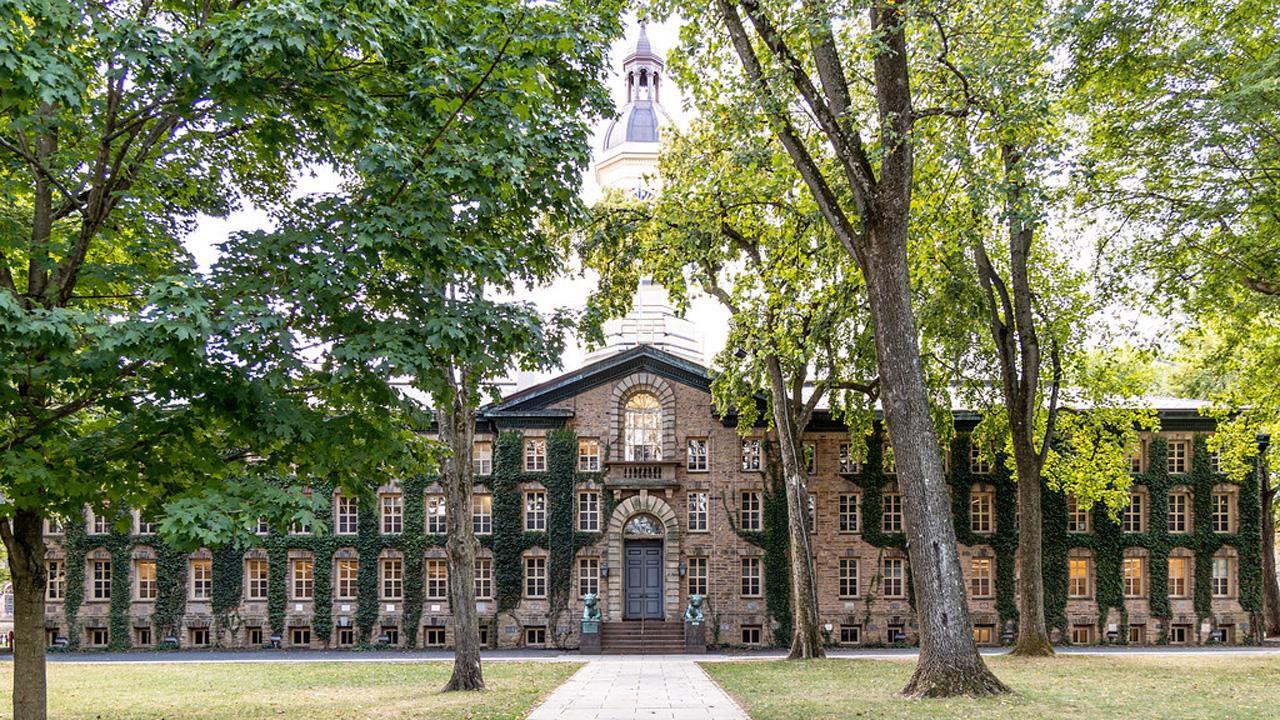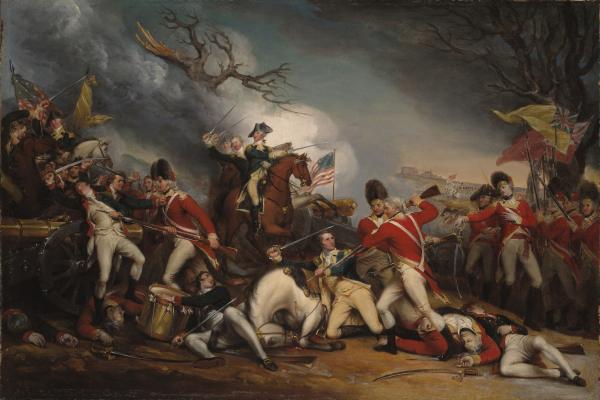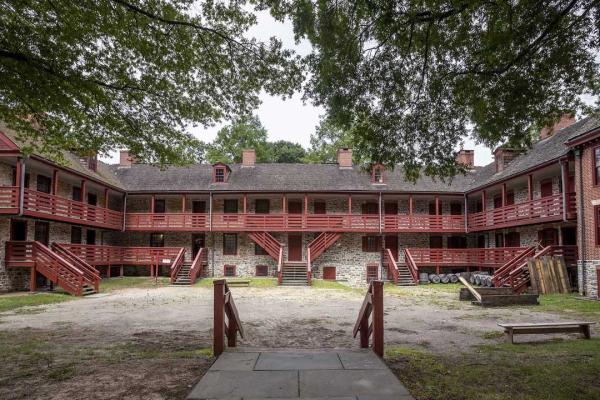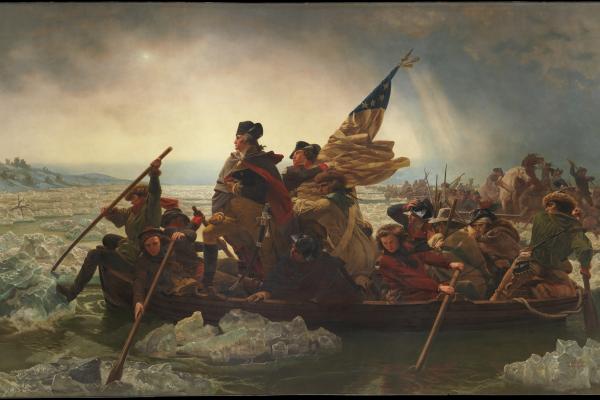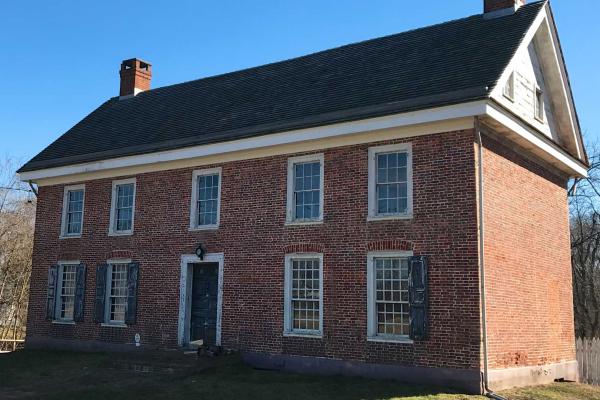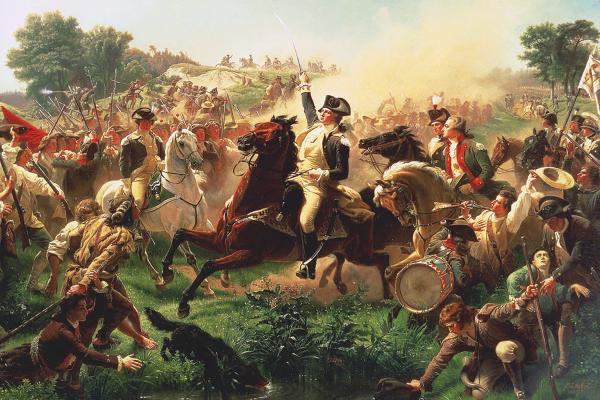During the American Revolution, Nassau Hall played a vital role as a military and political site. It was struck by cannon fire during the Battle of Princeton in January 1777, when American troops under George Washington drove British forces from the building. In 1783, it briefly served as the meeting place for the Continental Congress, making Princeton the capital of the United States for several months. Today, Nassau Hall remains the administrative center of Princeton University and a National Historic Landmark, standing as a testament to the institution’s deep roots in American history.
Nassau Hall, completed in 1756, is the oldest building at Princeton University and one of the most historically significant academic structures in the United States. Originally constructed to house the entire College of New Jersey (now Princeton University), it served as a library, chapel, classrooms, and student residence, and was for a time the largest stone building in the American colonies. Designed by architect Robert Smith and built with local sandstone, its stately Georgian design made it a symbol of intellectual ambition and colonial pride.
More to Explore
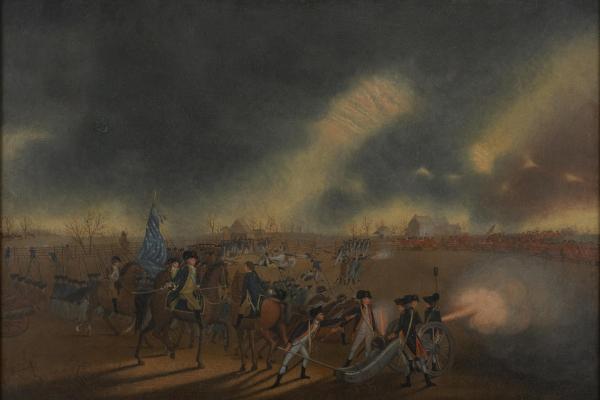
What's Nearby
Explore more of The Liberty Trail by visiting these nearby attractions.
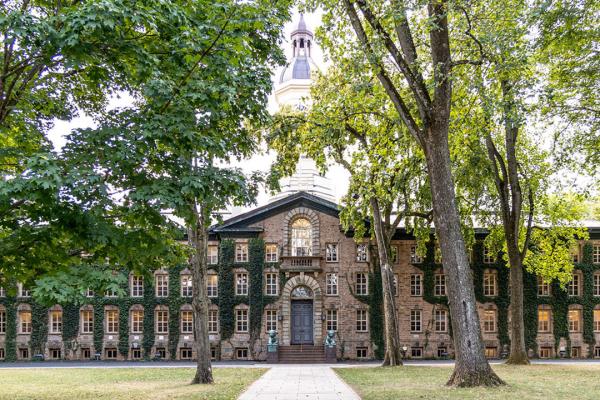
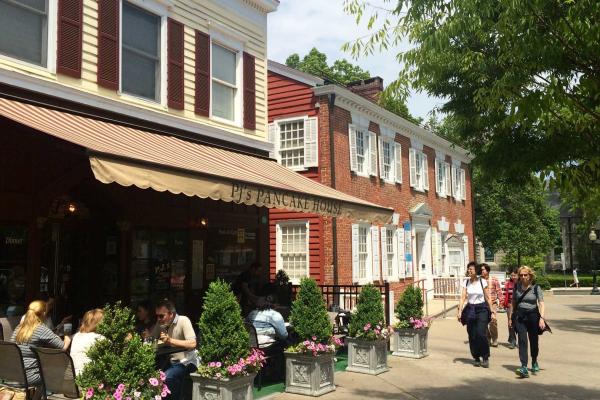
Princeton, NJ 08544
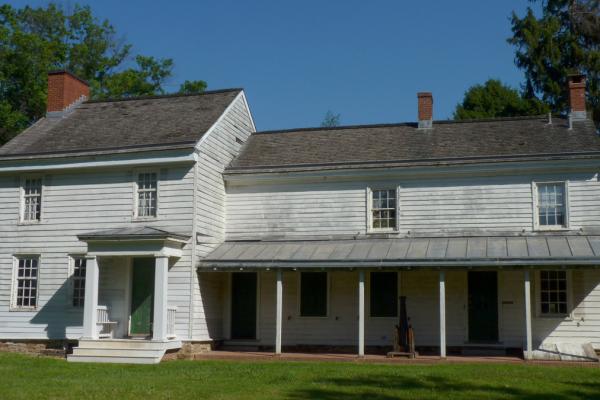

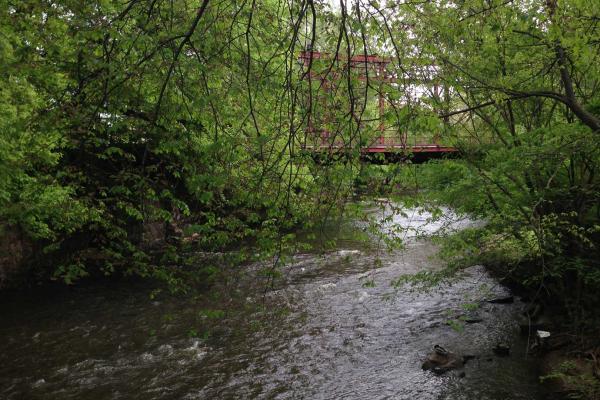
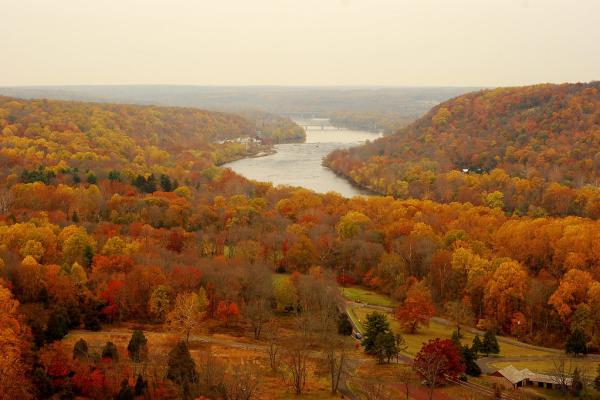
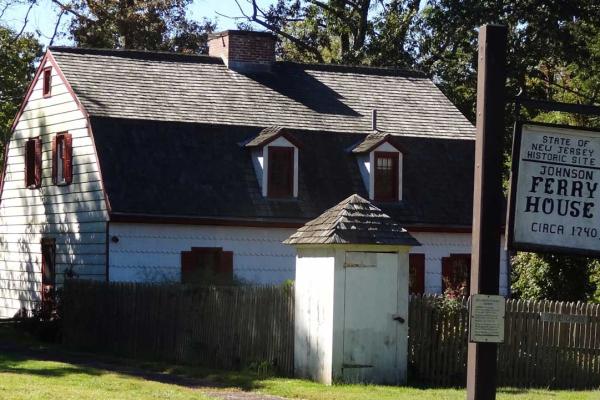

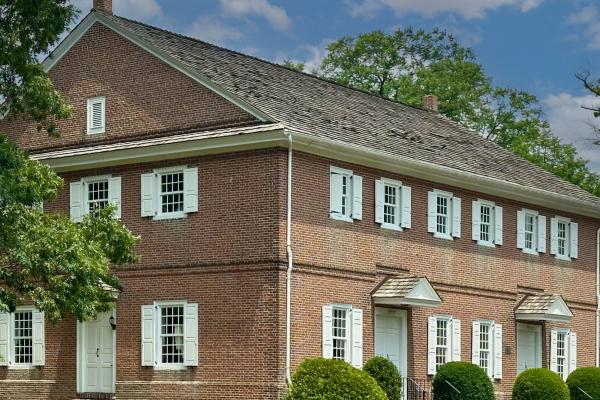
Crosswicks, NJ 08515
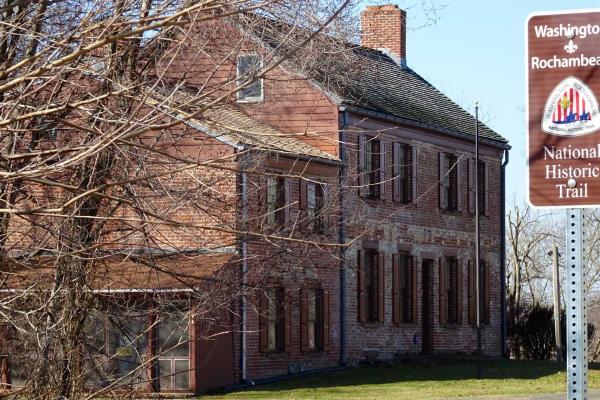
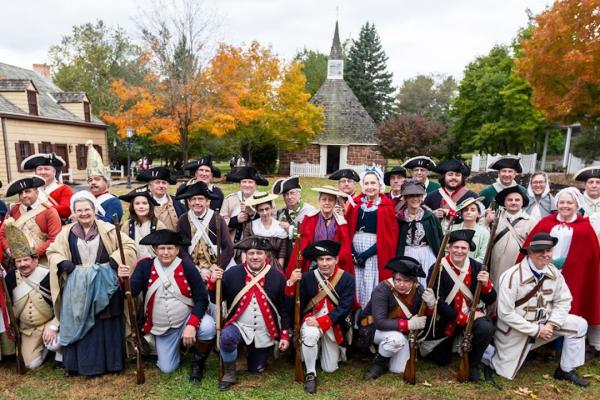
Piscataway, NJ 08854
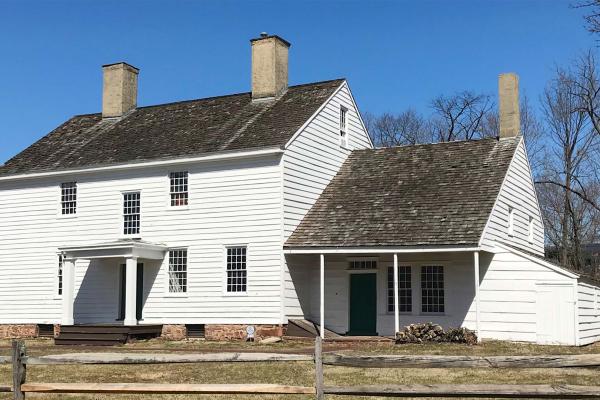
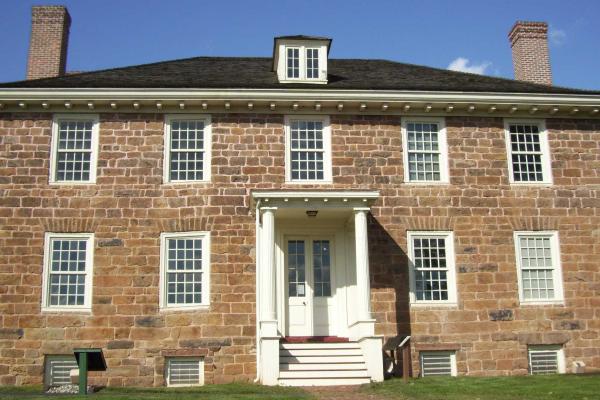
Piscataway, NJ 08854
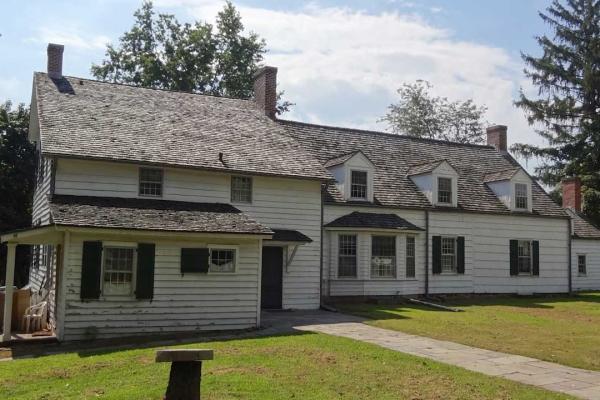

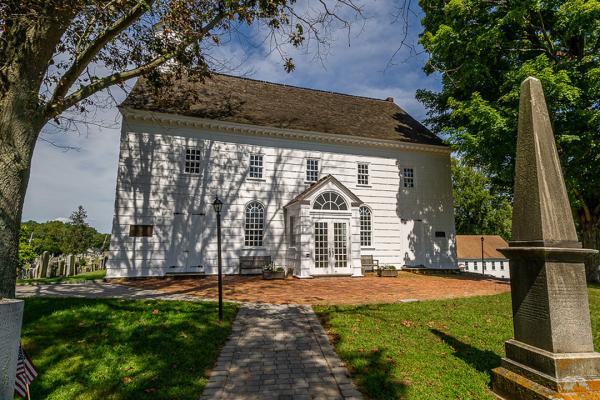
Manalapan Township, NJ 07726
